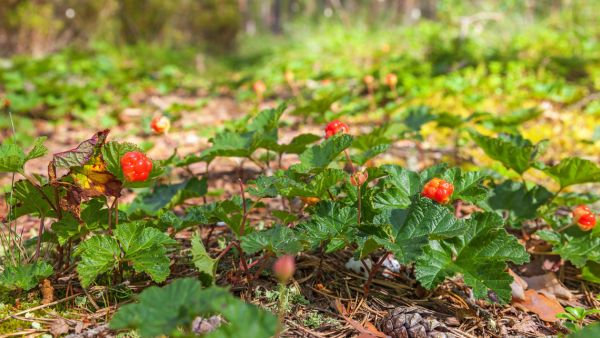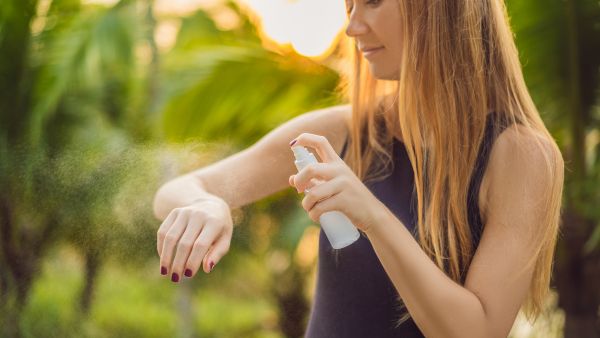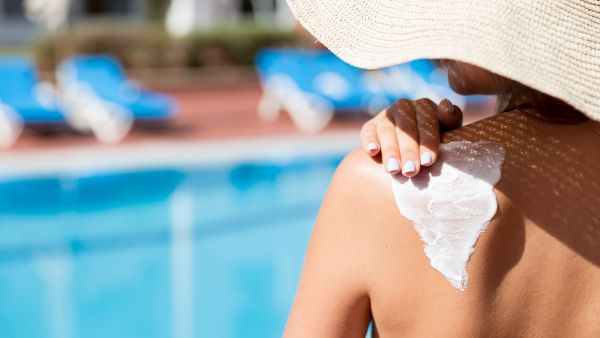Cloudberry Seed Oil - Scandinavia's Best Kept Beauty Secret
One of Scandinavia's best kept beauty secrets is cloudberry seed oil, also called "arctic gold."
This rare arctic berry only grows in the wild, typically in hard-to-reach terrain and in extreme conditions with temperatures reaching well below -40 degrees during winter months.
Locals who know where to find this highly prized fruit guard its location very closely.
In fact, there's a folk tale of a woman who broke her leg while picking cloudberries. In her injured state, she dragged herself home in an effort to keep the whereabouts of the berries a secret!
Cloudberries, or Rubus chamaemorus, contain many skin-loving phytonutrients such as ellagitannins, phtyoceramides, essential fatty acids, and intense concentrations of vitamin C.
The seeds yield an amber-colored oil that is deeply nourishing and helps prevent accelerated skin aging.
This Arctic gold is found in both our Alpine Phytonutrient Serum and The Purist Delicate Skin Serum and contains unique adaptogenic compounds highly beneficial to skin health.
Benefits of Cloudberries
Anti-aging
Cloudberry seed oil is rich in phenolic compounds like ellagitannins. Ellagitannins are bioactive polyphenols offering potent antioxidant benefits that may help protect against premature skin aging caused by lifestyle factors and UV exposure.
Brightening
Ellagic acid, a byproduct of ellagatannins, helps to brighten skin thanks to its ability to alter melanin formation pathways in anti-oxidant processes. Cloudberries also contain unusually high amounts of vitamin C, a well known skin radiance booster.
Nourishing
Cloudberry seed oil is rich in essential fatty acids omega 3, 6, and gamma-linolenic acid. Omegas are essential skin nutrients that help regulate oil production, improve balanced hydration, subdue breakouts and minimize the signs of aging.
Plumping
Phytoceramides in cloudberry oil plump and fortify the skin barrier. These botanical lipids impart a healthy glow and help soften rough, dry skin, smoothing out the appearance of fine lines.
Moisturizing
Cloudberry oil supports the skin barrier’s ability to retain moisture, resulting in more hydrated skin. This results in better alignment of epidermal corneocytes, which helps minimize the look of reddened skin.




